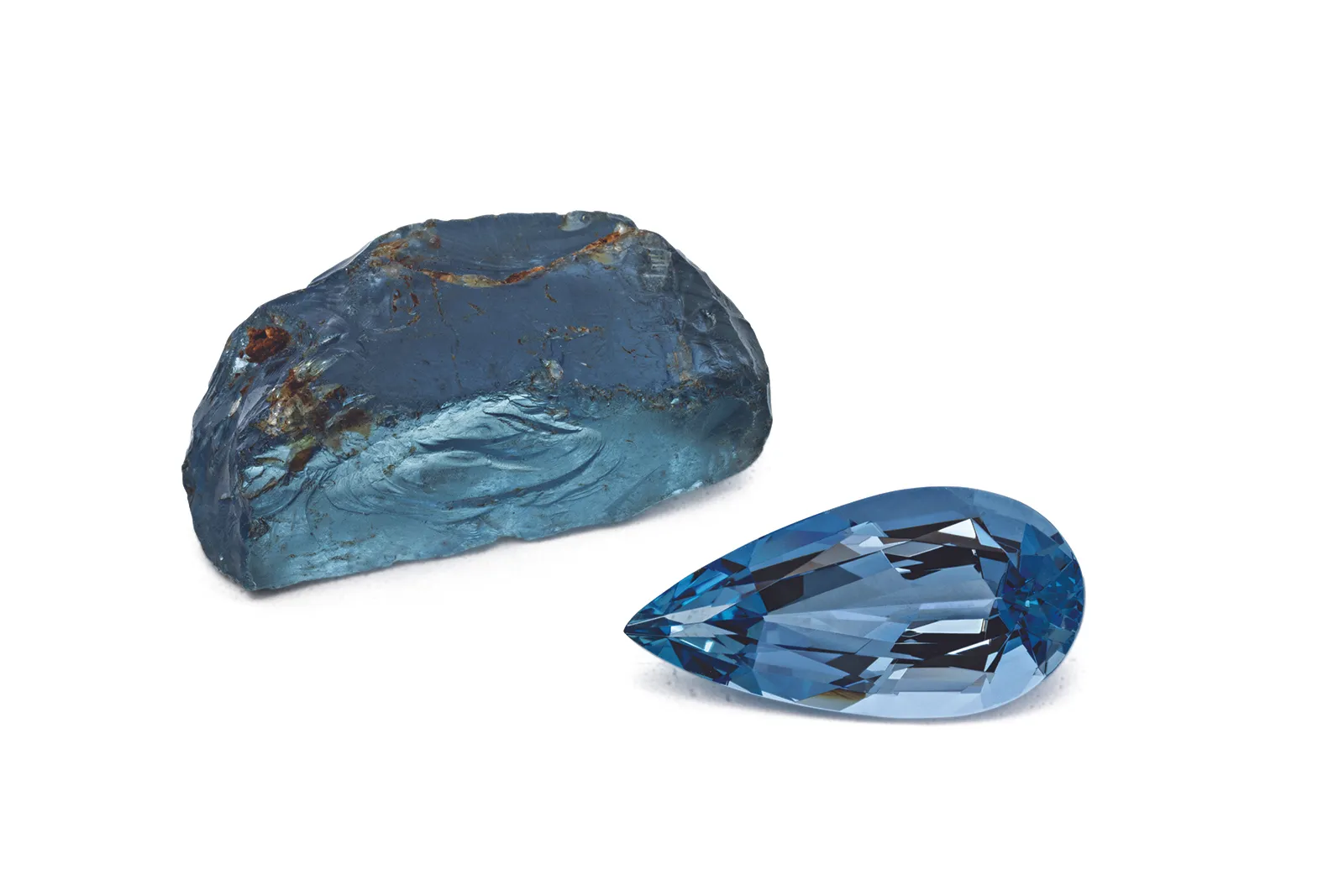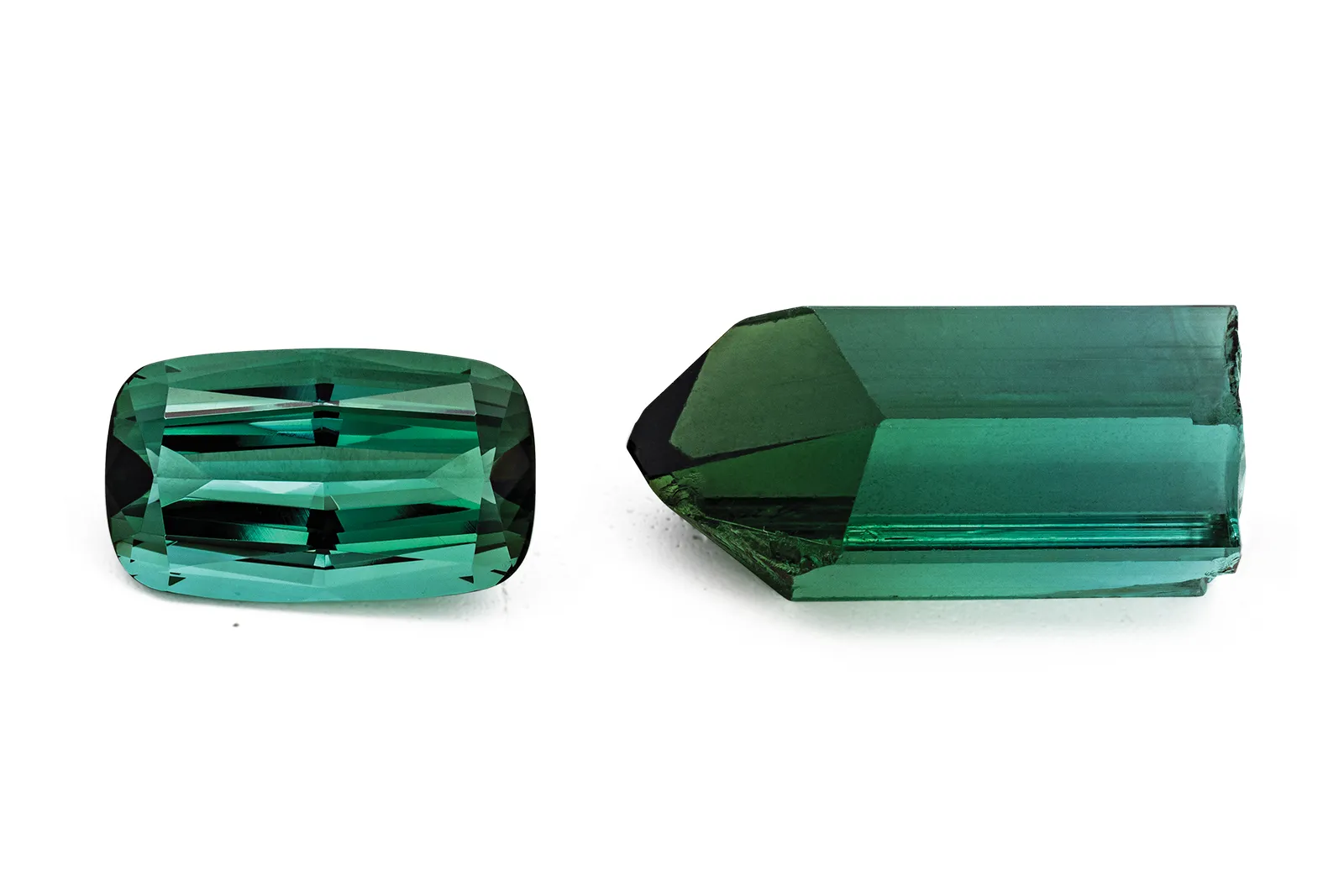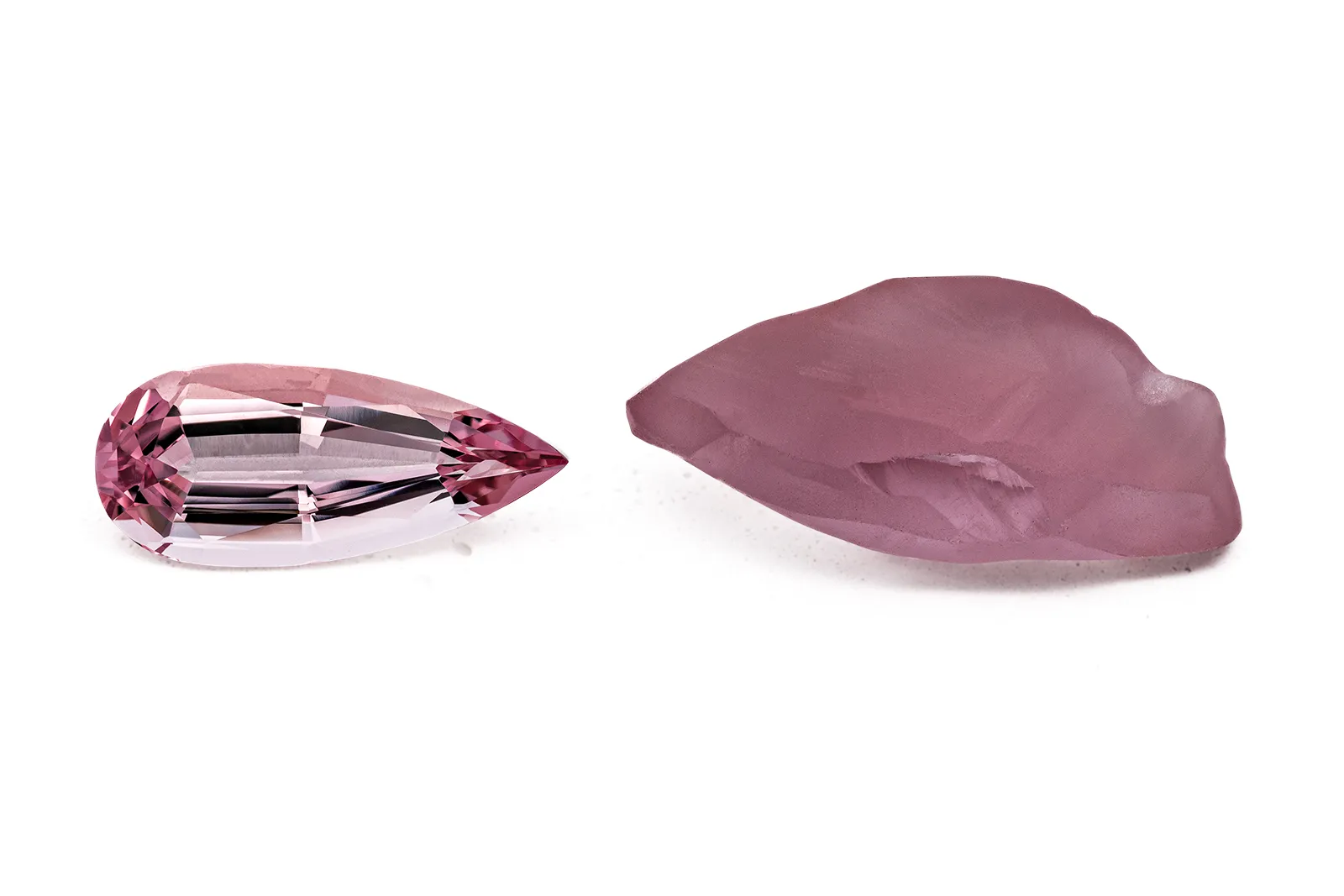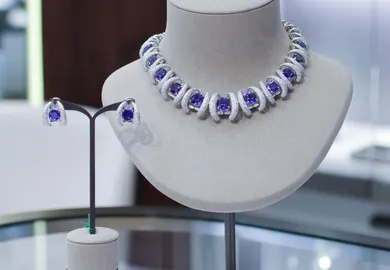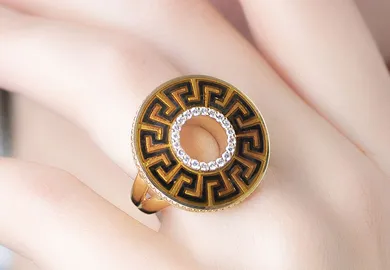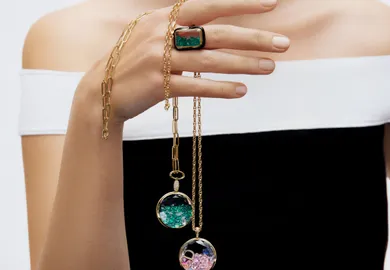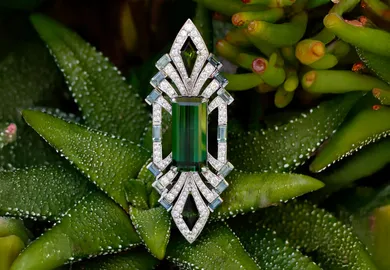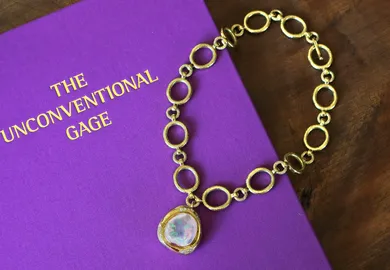

Gem Renaissance: Insights from GemGenève Talk on Coloured Gemstones
One of the most exciting shifts in the world of fine jewellery today is the growing appreciation for coloured gemstones, especially those beyond the traditional “Big Three” of rubies, sapphires, and emeralds. So, when the organisers of GemGenève invited me to do a talk, I instantly knew what subject I was going to touch upon - the rise of colour. It was my pleasure to moderate a vibrant and insightful panel, where some of the industry’s leading voices gathered to explore the irresistible allure of extraordinary coloured gems.
Titled “The Rise of Colour: Celebrating Rare Coloured Gemstones,” the panel spotlighted the increasing market value and the cultural recognition of spinels, tanzanites, tourmalines, garnets, alexandrites and many other gemstones. It was an opportune moment to challenge the antiquated and frankly misleading term “semi-precious". This commonly used phrase doesn’t do justice to the rarity, beauty, or emotional depth of gems that come from the depths of Mother Earth, whose resources are not infinite.
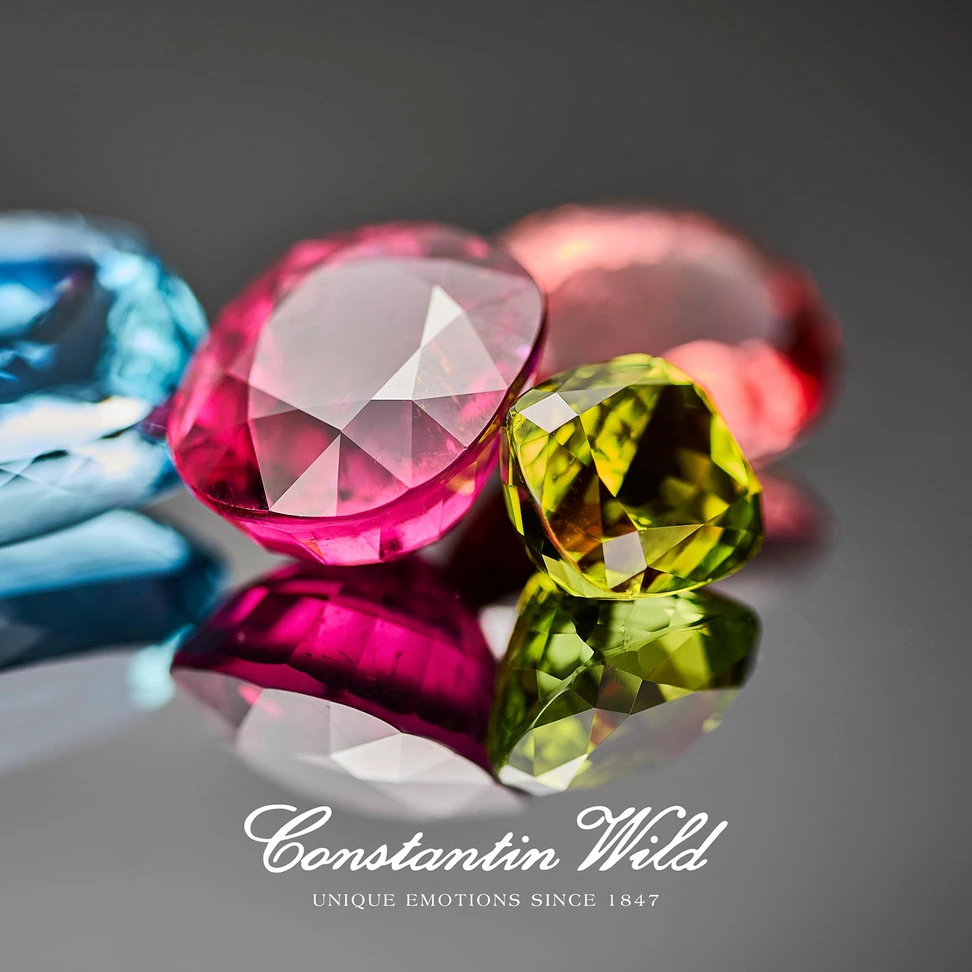
Aquamarine, rubellite, Canary tourmaline and Imperial topaz colour arrangement by Constantin Wild
Joining me on stage were three good friends and experts deeply embedded in the world of gemstones: Carl-Philip Arnoldi, a gifted gem cutter and heir to HC Arnoldi; Constantin Wild, President of Constantin Wild GmbH & Co. KG; and David Nassi, President of 100% Natural Ltd. and a third-generation gem merchant.
Each brought a unique blend of expertise and family heritage to the discussion, and together, we explored the evolving tastes, trends and truths shaping today’s coloured gemstone market. While you can see the full discussion on YouTube—The Rise of Colour: Celebrating Rare Coloured Gemstones—I want to give you my key takeaways for a quick overview of the subject.
Q: What trends are shaping the world of coloured gemstones today?
Emotional resonance is increasingly driving gemstone choices, with buyers favouring stones that feel personal over those simply in vogue. David Nassi shared, “Consumers use coloured gemstones as a form of self-expression, choosing colours that resonate emotionally rather than just sticking to traditional precious stones.”
Carl Arnoldi explained that while classic cuts like ovals and cushions remain popular, there is rising interest in previously overlooked gems. “There is a rise in interest beyond ruby, sapphire, and emerald, especially in previously lesser-known stones like Paraiba tourmaline.”
Constantin Wild reminded us that trends in coloured gemstones are also shaped by what nature yields, as availability plays a bigger role than fashion forecasts. Most jewellery still revolves around a few dominant gem families—like corundum, beryl and tourmaline—each offering a kaleidoscope of hues.

Constantin Wild is a fourth-generation gem expert and head of Constantin Wild GmbH & Co. KG, a historic gemstone house based in Germany. A GIA Graduate Gemologist, he is renowned for his passion for colour, expertise in rare gems, and commitment to ethical sourcing
There was a funny moment when I shared my view on trends, stating that I noticed jewellers appreciating fancy-cut gemstones more and more. Constantin Wild absolutely disagreed with it. However, I believe his opinion is based on his clients’ demands, while I have the opportunity to review the jewellery market globally and judge by the number of inventive and unconventional designs I have come across in the recent 5-7 years.
Q: How are rarity and market dynamics influencing gemstone prices?
Prices are climbing, especially for rare stones that have been recently rediscovered. Constantin Wild explained, “By the time a gem reaches the consumer market, the mine may already be depleted—this rarity increases both its desirability and price.”
He pointed out that unlike diamonds, which are extracted by the tonne each year, coloured gemstones are often found in small deposits that can be exhausted within months or years. Paraiba tourmaline is a striking example, as many of its mines are now depleted. This scarcity fuels speculation, with dealers buying early in hopes of future demand.
David Nassi shared that while the four Cs—cut, colour, clarity and carat—still matter, other elements such as a gemstone’s origin, rarity, and story are becoming increasingly influential in determining desirability.

David Nassi, founder of 100% Natural, LTD. and award-winning lapidary artist. A third-generation gem dealer known for exceptional untreated stones and record-breaking cuts featured in major museums
Q: Are certain coloured gemstones seeing a renaissance?
Indeed, a vibrant renaissance is underway. Carl Arnoldi noted that once considered unlucky, black opals are now cherished for their extraordinary play of colour. Garnets are being revisited with fresh appreciation. Amethysts from Africa with pinkish-purple hues are gaining favour, and alexandrite, renowned for its dramatic colour change from green to red, is increasingly sought after.
David Nassi added that ethical sourcing is playing a larger role in consumer decisions: “Consumers increasingly want ethically sourced gems, with a clear understanding of where and how their stones are mined.”
Constantin Wild shared his appreciation for tourmalines, especially rubellite and Paraiba, while noting that mint, lagoon and even colourless varieties are gaining traction. “Tourmalines can range from neon blue to colourless, brown to purple,” he said. “Red beryl exists, though extremely rare. Imperial topaz is one of my personal favourites—offering rare sunset colours. It deserves greater recognition.”

Carl-Philip Arnoldi is a gem cutter and heir to HC Arnoldi in Germany. He blends traditional craftsmanship with modern business skills and co-founded Gemhype, a digital platform transforming gemstone distribution
I strongly feel that there’s a distinct shift happening in the jewellery universe. More women are buying jewellery for themselves, no longer waiting for it to be gifted. It’s a form of self-expression rather than a mere status symbol. Rather than focusing on the traditional “big three” gems: ruby, sapphire, and emerald, today’s buyers are exploring a far broader colour palette. Mood, meaning, and personal style often guide their choices, and this freedom has sparked curiosity about unconventional stones. This led us to the next question…
Q: How much influence does fashion have on gemstone popularity?
While fashion plays a role, it is often less influential than one might expect. Constantin Wild commented that trends are more closely linked to supply and rarity than to runway looks. “The human eye can perceive millions of colours, yet high jewellery mostly uses stones from just around 100 minerals.”
Although Pantone’s annual colour announcements may influence design trends, they rarely affect gemstone demand—largely because certain colours might not be available in nature when they’re “in.”
That said, celebrity choices can have short-lived but intense effects. Carl Arnoldi noted that Meghan Markle’s aquamarine ring, for example, sparked a noticeable rise in interest for octagonal-cut blue beryls. Designers continue to push creative boundaries, using unconventional colours and cuts to tell fresh stories.
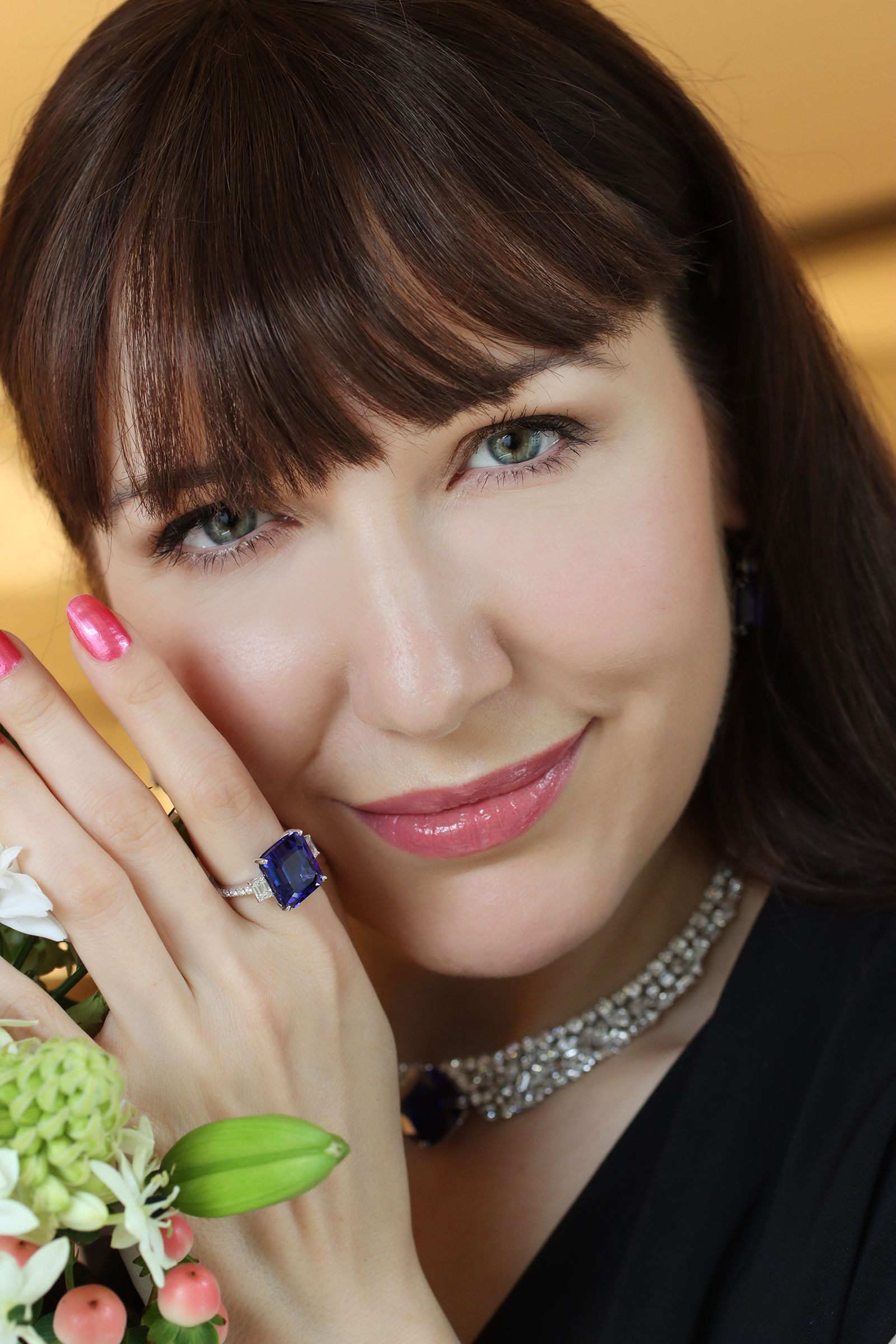
Katerina Perez is an award-winning jewellery influencer, certified gemmologist, and co-author of Paraiba: The Legacy of Colours. Based in Paris, she’s known for her influential voice and global impact in the luxury jewellery world
Q: What role does social media play in shaping today’s gemstone market?
Social media has dramatically altered the landscape, offering round-the-clock education and exposing consumers to obscure gemstones and niche trends in ways previously unimaginable.
David Nassi warned that while digital platforms bring access, they can also bring misinformation. “Education must come from credible voices,” he said.
Carl Arnoldi, speaking of his experience with GemHype, noted that “colour variability in photographs remains an issue, so trust and clear communication with clients are essential.”
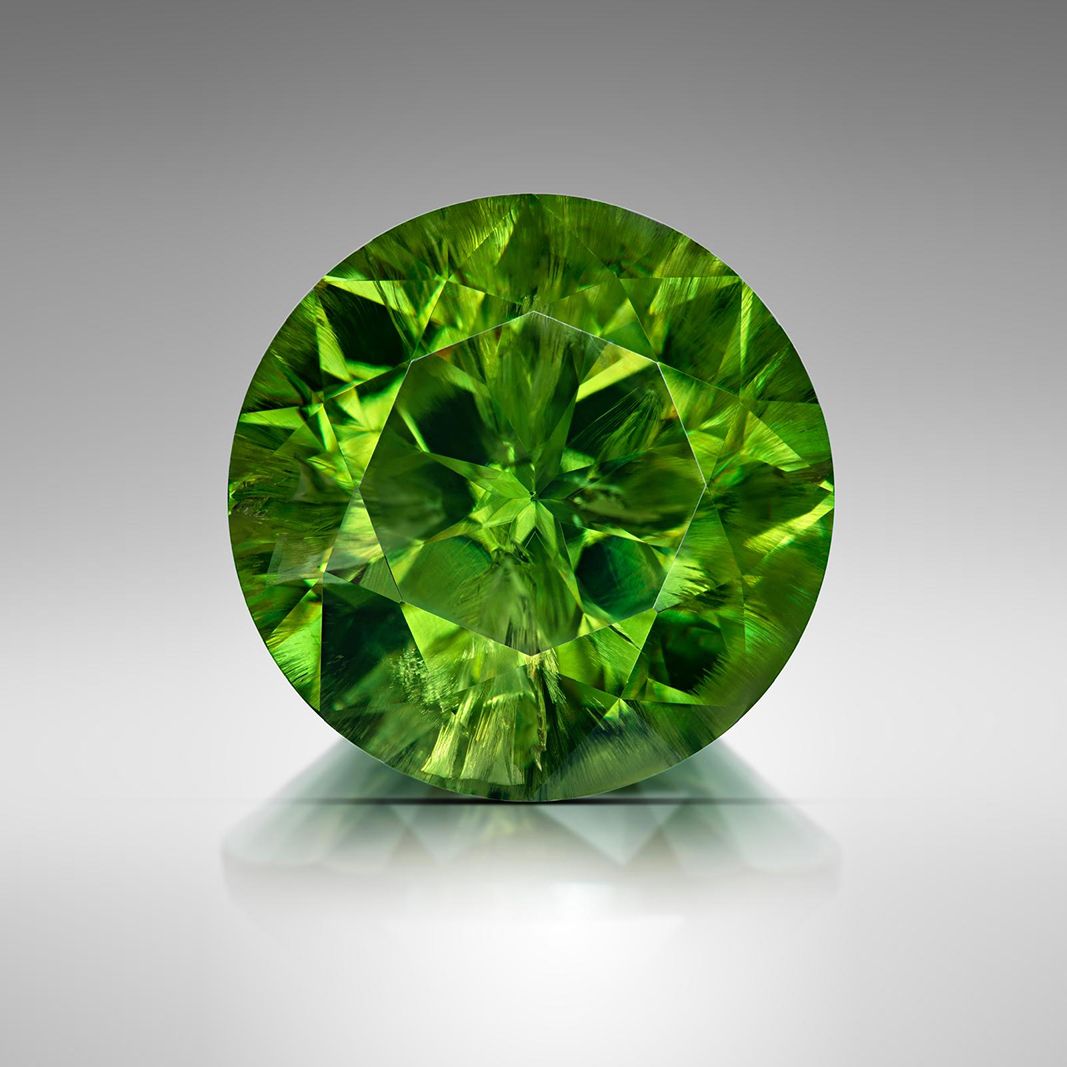
A 12 carat Russian demantoid garnet at David Nassi
Q: Let’s not forget to mention challenges with gemstone naming and industry standards…
The panel touched on the lack of standardised nomenclature, which continues to create confusion. The debate around calling blue zoisite “tanzanite” highlights just how much names matter in shaping consumer perception. Without consistent terminology, buyers—and even designers—can be left uncertain. It’s a persistent issue that the industry must tackle to improve clarity and trust.
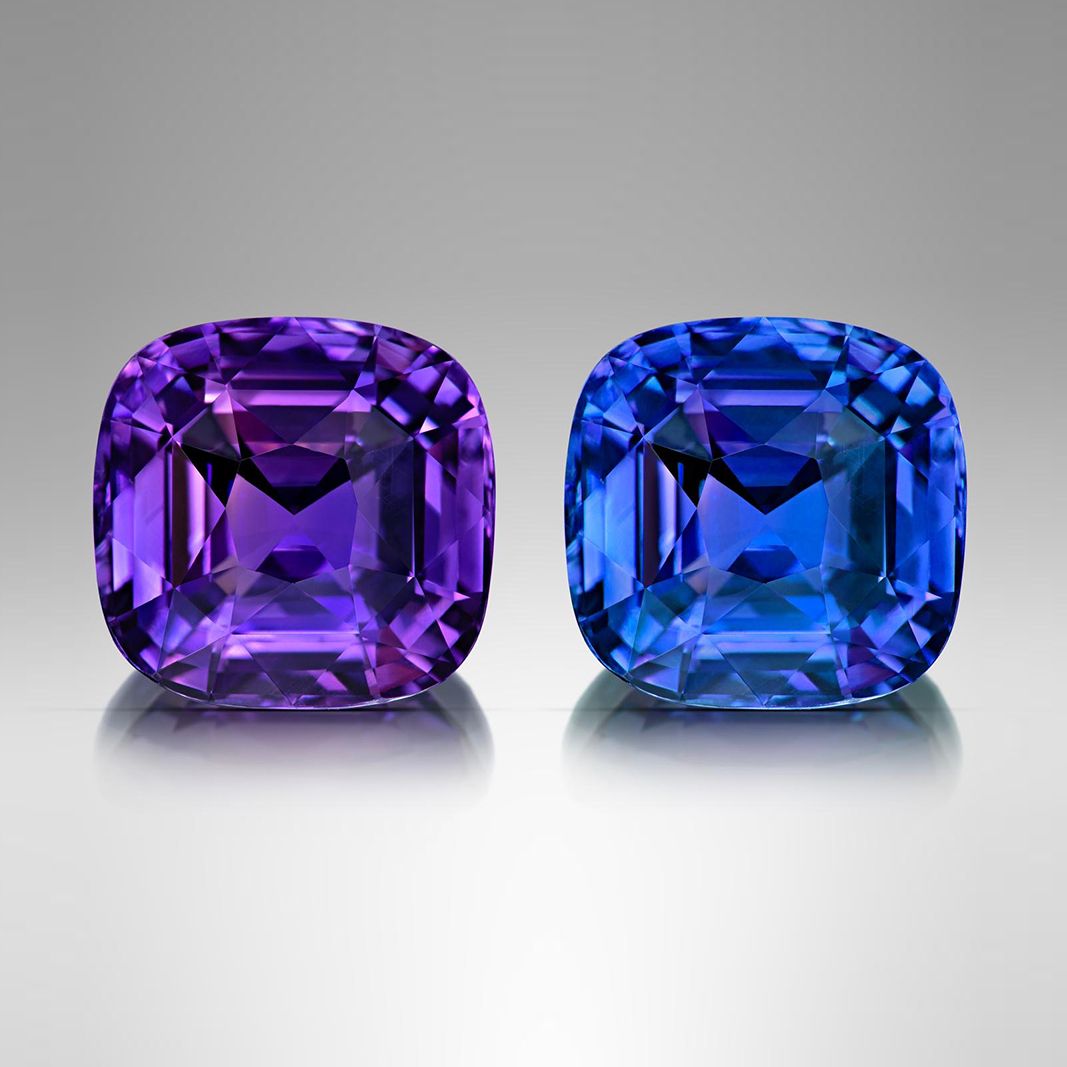
An unenhanced 15 carat colour change Ceylon sapphire at David Nassi
Q: What final advice do the experts offer to gemstone buyers and collectors?
The unanimous advice is simple yet powerful: educate yourself and buy what you love. Seek knowledge from credible sources, whether they are expert dealers, gemmologists, or thoughtful content creators. David Nassi encouraged: “Let emotion and personal resonance guide your choices, not just the investment potential.”
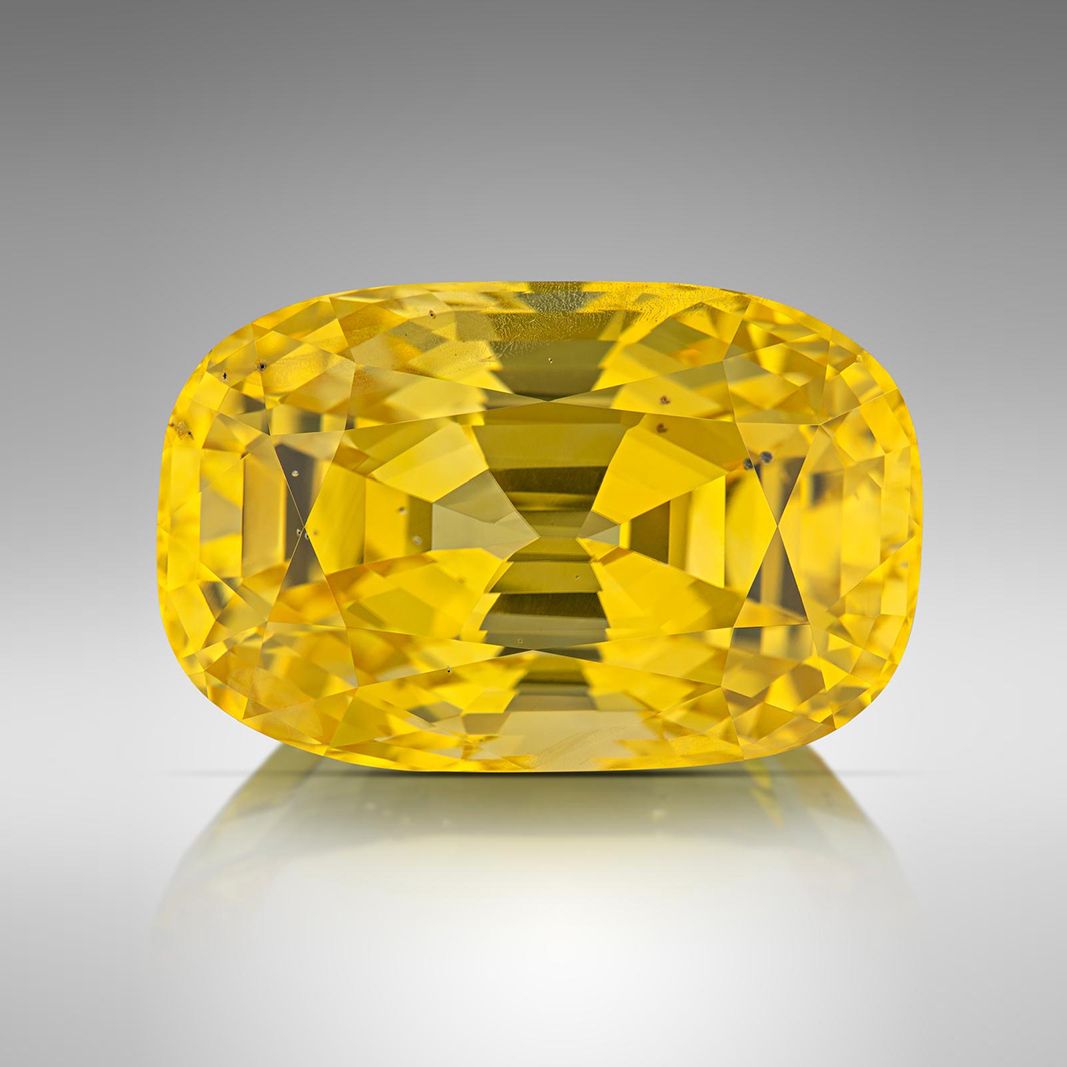
An unenhanced 57 carat Ceylon yellow sapphire at David Nassi
Finally, take time to appreciate the story behind every gem, from its origins deep in the earth, to the hands that shaped it, and finally to you, the wearer. Understanding this journey only deepens the joy of owning it. Moderating this conversation was truly enriching, and I’m more sure than ever that the rise of coloured gemstones is far from a passing fad. It is thrilling to witness and be part of this evolving story, as coloured gems claim their rightful place on the world stage, inspiring collectors and jewellers alike to look beyond convention and celebrate colour in all its glorious forms.

WORDS
Katerina Perez is a jewellery insider, journalist and brand consultant with more than 15 years’ experience in the jewellery sector. Paris-based, Katerina has worked as a freelance journalist and content editor since 2011, writing articles for international publications. To share her jewellery knowledge and expertise, Katerina founded this website and launched her @katerina_perez Instagram in 2013.




